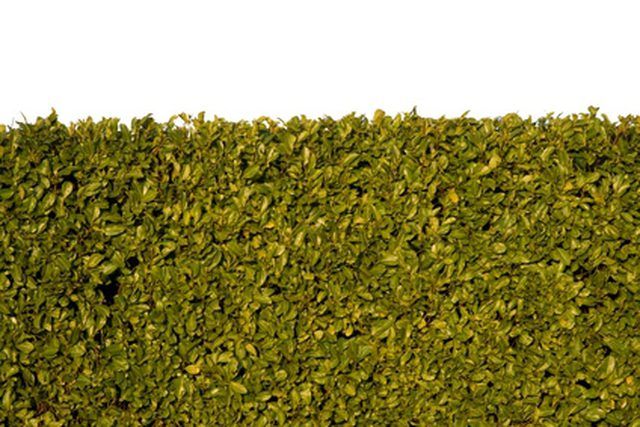Bulbs
Flower Basics
Flower Beds & Specialty Gardens
Flower Garden
Garden Furniture
Garden Gnomes
Garden Seeds
Garden Sheds
Garden Statues
Garden Tools & Supplies
Gardening Basics
Green & Organic
Groundcovers & Vines
Growing Annuals
Growing Basil
Growing Beans
Growing Berries
Growing Blueberries
Growing Cactus
Growing Corn
Growing Cotton
Growing Edibles
Growing Flowers
Growing Garlic
Growing Grapes
Growing Grass
Growing Herbs
Growing Jasmine
Growing Mint
Growing Mushrooms
Orchids
Growing Peanuts
Growing Perennials
Growing Plants
Growing Rosemary
Growing Roses
Growing Strawberries
Growing Sunflowers
Growing Thyme
Growing Tomatoes
Growing Tulips
Growing Vegetables
Herb Basics
Herb Garden
Indoor Growing
Landscaping Basics
Landscaping Patios
Landscaping Plants
Landscaping Shrubs
Landscaping Trees
Landscaping Walks & Pathways
Lawn Basics
Lawn Maintenance
Lawn Mowers
Lawn Ornaments
Lawn Planting
Lawn Tools
Outdoor Growing
Overall Landscape Planning
Pests, Weeds & Problems
Plant Basics
Rock Garden
Rose Garden
Shrubs
Soil
Specialty Gardens
Trees
Vegetable Garden
Yard Maintenance
How to Transplant Old Boxwood Hedges
How to Transplant Old Boxwood Hedges. Boxwood hedges are hardy plants that can be used alone as accent points around the yard, or in a hedgerow to form borders. Boxwood hedges can also be pruned into a variety of shapes to give you several different looks with the same type of plant. Moving a mature boxwood hedge can be done using the proper steps...

Boxwood hedges are hardy plants that can be used alone as accent points around the yard, or in a hedgerow to form borders. Boxwood hedges can also be pruned into a variety of shapes to give you several different looks with the same type of plant. Moving a mature boxwood hedge can be done using the proper steps to maintain the health of the plants.
Things You'll Need
Shovel
Baling twine
Knife
Plastic tarp
Mulch
Water
Cut the roots of the hedge with your shovel. Flip the shovel so that the bottom of the blade faces the hedge. Press the shovel into the soil in a circle around the hedge following the widest circumference of the foliage. According to Clemson University Extension this is called "root pruning." You should cut through the roots and leave the plant for four to six months, repeating the root pruning each month following the same circle, Clemson advises. Repeat for every boxwood you plan to move.
Cut baling twine into pieces 4 inches long and tie it to the foliage on the north side of each plant. This will help you orient the plant properly when it is placed in its new location, according to Clemson. Wrap additional twine around the shrub starting at the bottom and working your way up in a corkscrew fashion. According to Southern Living magazine online, this will compress the foliage and branches to protect them while you work. Be careful not to break the branches when pulling them up.
Dig a trench around the hedgerow, from the root pruning line away from each plant 12 inches wide and 24 inches deep. Slide your shovel blade under each boxwood in your trench to lift it up and out of the ground. Lift the plants along with the soil covered root balls and place it onto a plastic tarp. You should be able to slide each boxwood over to its new location, according to Southern Living.
Dig new holes for your boxwoods. Make each hole 24 inches wider than the existing root ball and 3 inches more shallow than the height of the root ball. Lift the shrub off of the burlap and place it into the hole. Twist the boxwood so your small piece of twine faces north. Fill the hole with the soil that was removed during excavation. Cover the soil beneath the shrub with mulch leaving a 3-inch gap between the trunk of the boxwood and the mulch. Repeat for each shrub in your hedgerow.
Place the leftover soil from the new hole and place it onto the burlap. Fill in the original hole with the soil from the new hole. Cover the soil with mulch. Water your hedge liberally and cut the twine to release the foliage. Water the hedge daily for four weeks to help the plants survive the shock of the move.
Tips & Warnings
Always contact your local utility location service and allow them time to come and mark your yard before doing any digging. It will keep you, your family and your neighbors safe and it is the law.